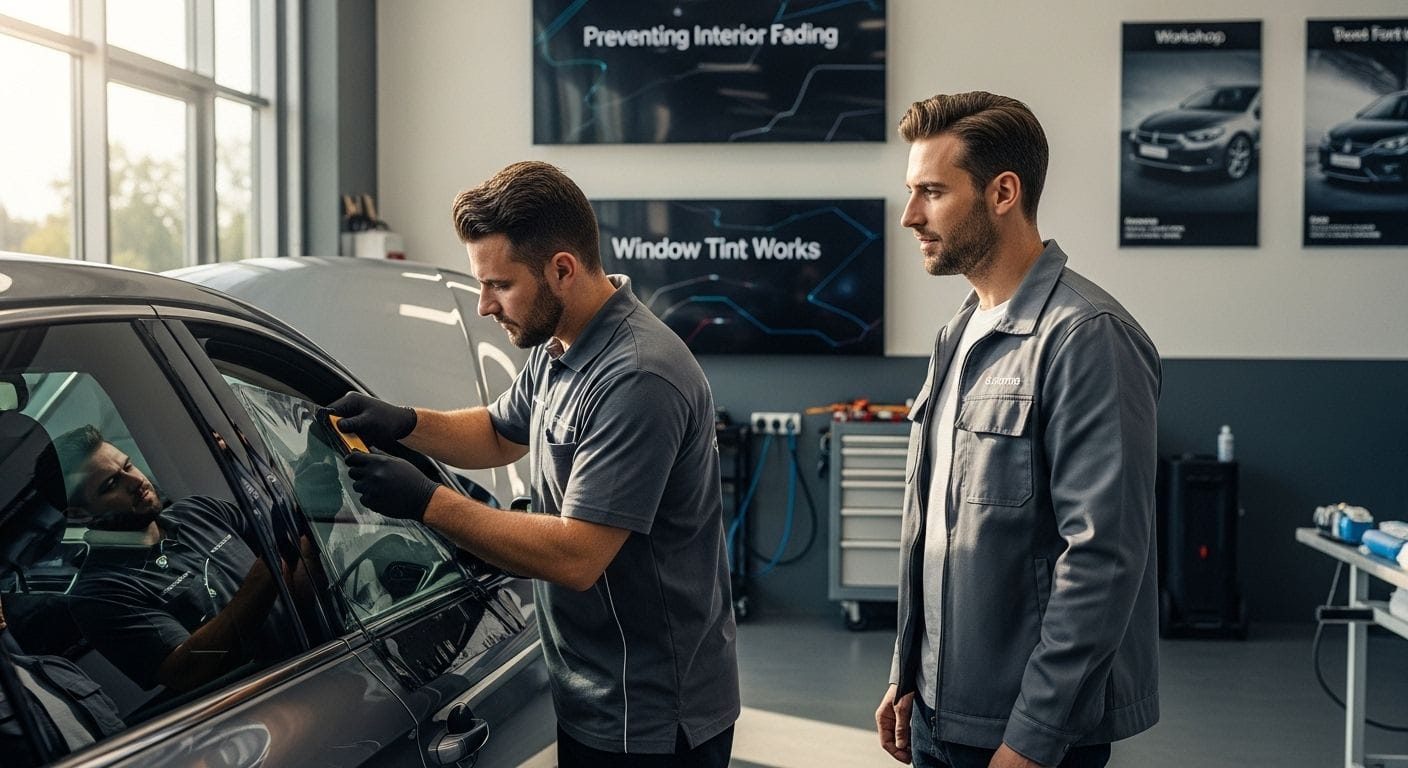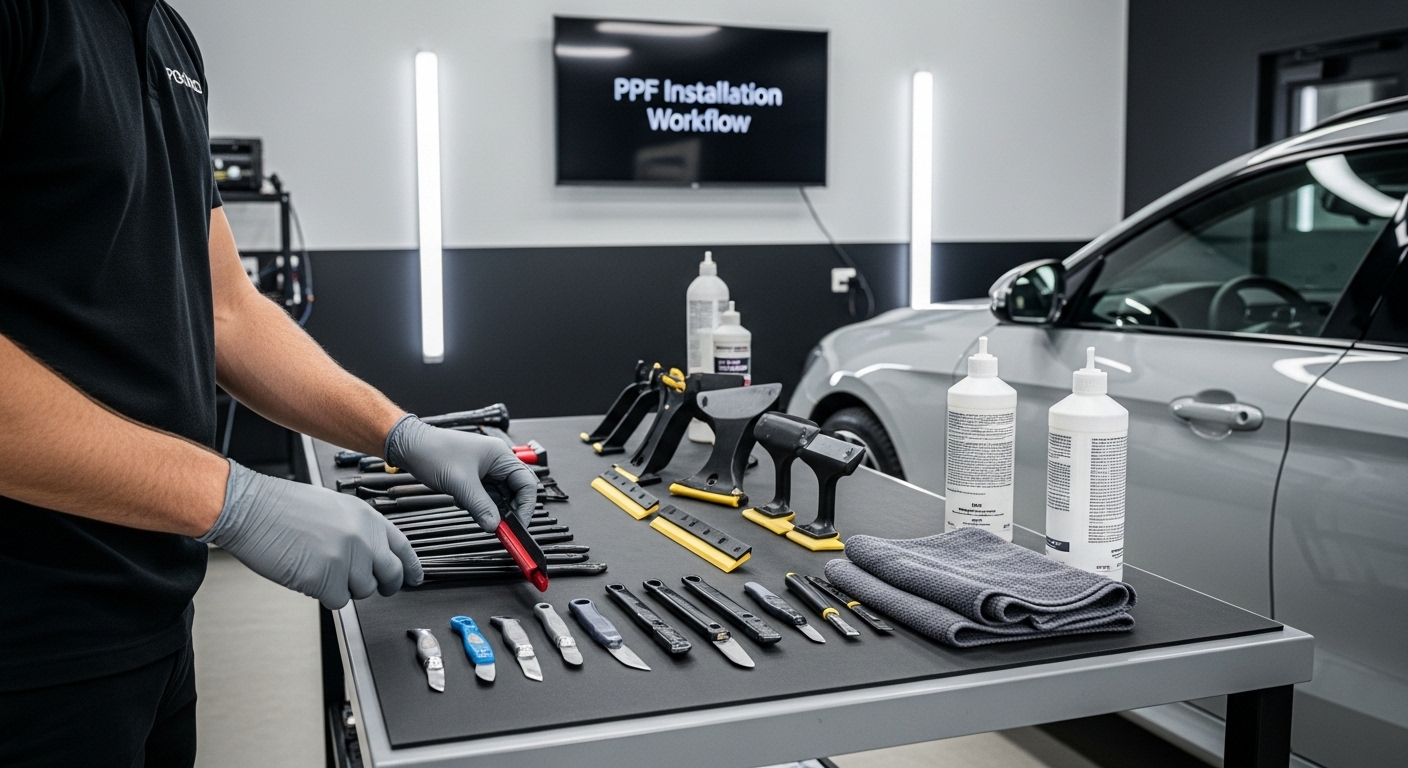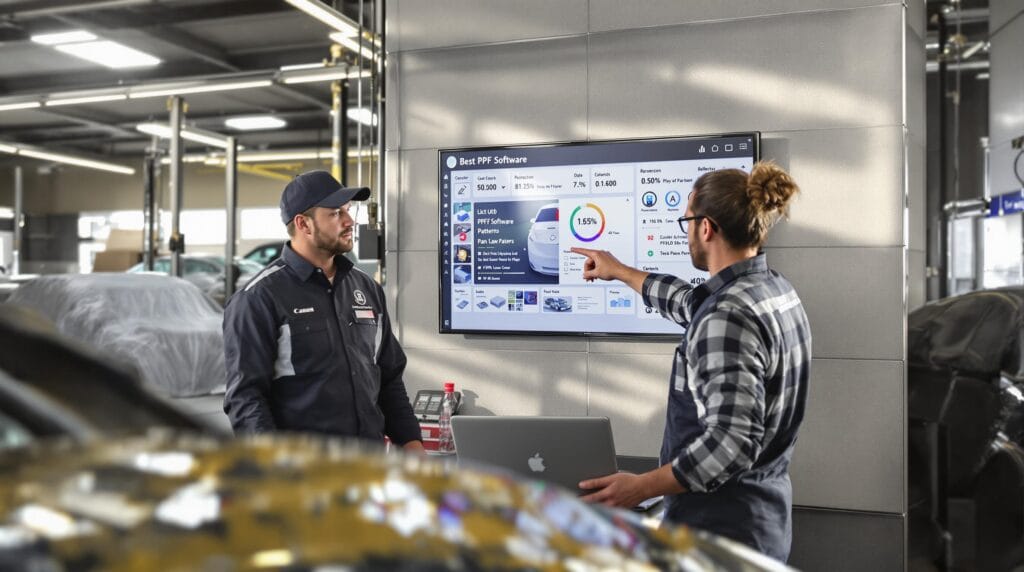
Finding the best PPF software in 2025 is no small feat when auto businesses are inundated with flashy features and endless options. Surprise yourself with this. Research shows that advanced AI-driven PPF software can cut pattern preparation time by over 50 percent and drastically reduce wasted film. Yet most shop owners still choose based on brand familiarity rather than measurable results.
Table of Contents
- Essential Features In Best PPF Software
- Top PPF Software Choices Compared (2025)
- How PPF Software Boosts Efficiency And Accuracy
- Choosing The Right PPF Software For Your Business
Quick Summary
| Takeaway | Explanation |
|---|---|
| Comprehensive Pattern Management Systems | Essential for PPF software to include an extensive, regularly updated digital pattern library that reduces manual errors and material waste. |
| Integrated Business Management Features | Top-tier PPF solutions should provide integrated tools for CRM, inventory control, and reporting analytics to enhance overall operational efficiency. |
| Advanced Technical Capabilities | Prioritising AI-driven optimisation, cloud synchronisation, and high-resolution previews will help PPF businesses reduce costs and improve accuracy. |
| User-Centric Design and Training Integration | Software should feature intuitive interfaces and resources for ongoing skill development to support professional installers effectively. |
| Structured Evaluation for Software Selection | Businesses must conduct a detailed assessment of their specific needs and establish a rigorous framework for evaluating software options. |
Essential Features in Best PPF Software
Choosing the right PPF software can dramatically transform an auto business’s efficiency and precision. Professional installers require sophisticated tools that go beyond basic functionality. Understanding the critical features separating exceptional PPF software from mediocre solutions becomes paramount for sustained success.
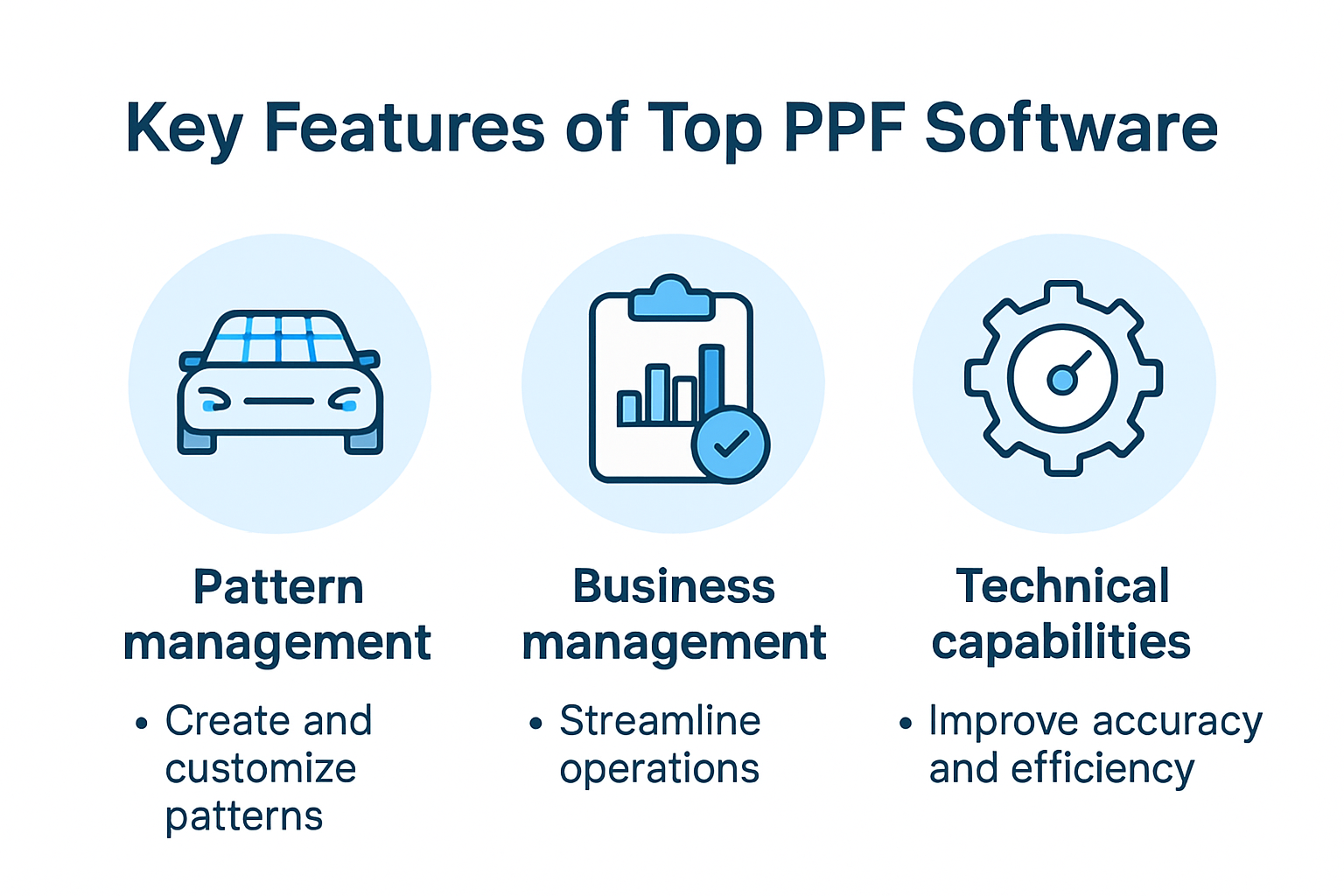
Comprehensive Pattern Management Systems
A robust PPF software must offer an extensive and continuously updated digital pattern library. Professional cutting solutions are no longer just about having patterns but providing precise, vehicle-specific pre-cut templates. According to Tint Wiz, advanced pattern management involves multiple critical components:
- Extensive Vehicle Database: Comprehensive coverage of multiple vehicle makes, models, and years
- Regular Updates: Continuous addition of new vehicle templates
- Custom Pattern Creation: Tools for modifying existing patterns or designing unique configurations
Professional installers need software that reduces manual tracing and minimises material waste. The ability to quickly access accurate patterns directly translates to increased workshop productivity and reduced installation time.
Integrated Business Management Features
Modern PPF software transcends mere cutting capabilities. Research from Road FS highlights that top-tier solutions incorporate comprehensive business management tools. These integrated systems streamline operations by combining pattern cutting with customer relationship management, invoicing, and inventory tracking.
Key integrated features include:
- Customer Relationship Management (CRM): Track client interactions, manage leads, and maintain detailed service histories
- Inventory Control: Real-time tracking of PPF materials, preventing stockouts and optimising purchasing
- Reporting Analytics: Generate insights on business performance, material usage, and revenue metrics
These functionalities transform PPF software from a mere technical tool into a holistic business management platform. Installers can make data-driven decisions, improve customer satisfaction, and enhance overall operational efficiency.
Advanced Technical Capabilities
Technical sophistication separates exceptional PPF software from basic solutions. Professionals require tools with cutting-edge features that enhance precision and workflow. Essential technical capabilities include AI-driven auto-nesting algorithms, cloud-based pattern synchronisation, and mobile device compatibility.
Industry experts emphasise the importance of:
- AI Pattern Optimization: Intelligent software that minimises material waste through smart cutting layouts
- Cloud Synchronisation: Instant pattern updates across multiple devices and workshop locations
- High-Resolution Previews: Detailed visual representations of cutting patterns before actual implementation
By prioritising these advanced technical features, PPF businesses can significantly reduce material costs, improve installation accuracy, and maintain a competitive edge in a rapidly evolving automotive customisation market.
To help clarify the differences between essential PPF software features, the following table organises these capabilities for easy comparison:
| Feature Area | Key Elements/Functions |
|---|---|
| Pattern Management | Extensive vehicle database, regular updates, custom pattern creation |
| Business Management | CRM tools, inventory control, reporting analytics |
| Advanced Technical Capabilities | AI pattern optimisation, cloud synchronisation, high-resolution preview |
| User Support & Training | Intuitive UI, interactive tutorials, ongoing learning modules |
Top PPF Software Choices Compared (2025)
Navigating the complex landscape of PPF software requires a strategic approach to selecting the most appropriate solution for automotive businesses. In 2025, professionals have multiple sophisticated options that cater to different operational needs and technical requirements.
Professional Grade Software Evaluation
Selecting top-tier PPF software demands a comprehensive assessment of multiple critical factors. Comprehensive cutting solutions now incorporate advanced technological capabilities that go beyond traditional pattern management. According to PwC’s automotive software trends report, leading software solutions are characterised by their ability to integrate seamlessly with existing business ecosystems.
Key comparative criteria include:
- Performance Metrics: Speed of pattern generation, accuracy of cutting templates
- Integration Capabilities: Compatibility with existing workshop management systems
- Cost Effectiveness: Initial investment versus long-term operational efficiency
Professional installers must evaluate software not just on technical merits but on their potential to streamline entire business workflows.
Technological Innovation and Comparative Analysis
The 2025 automotive software market reveals fascinating developments in PPF technology. Research from Car Design News highlights the increasing sophistication of digital design tools, which directly impacts PPF software capabilities.
Comparative analysis reveals distinct advantages in emerging software platforms:
- AI-Powered Pattern Recognition: Advanced algorithms reducing material wastage
- Cloud-Based Collaboration: Real-time updates and pattern sharing across multiple locations
- Customisation Flexibility: Tools enabling precise modifications for unique vehicle models
These technological innovations are transforming PPF software from simple cutting tools to comprehensive business intelligence platforms.
Market Trends and User Experience
The 2025 automotive software landscape demonstrates a significant shift towards user-centric design and operational efficiency. The State of Automotive Software Development Survey indicates a growing trend of open-source collaboration and community-driven development.
Emerging trends suggest that successful PPF software must offer:
- Intuitive User Interfaces: Minimal learning curve for new users
- Comprehensive Training Resources: Ongoing support and skill development
- Scalable Solutions: Adaptability for businesses of various sizes
Professional installers are increasingly valuing software that provides not just technical capabilities but a holistic ecosystem of support and continuous improvement.
The ultimate selection of PPF software in 2025 goes beyond mere feature comparison. It represents a strategic decision that can significantly impact an automotive business’s operational efficiency, customer satisfaction, and long-term competitive positioning.
To further illustrate the key evaluation and innovation criteria for top PPF software, the table below summarises the points highlighted in this section:
| Criteria/Trend | Description |
|---|---|
| Performance Metrics | Speed and accuracy of pattern/template generation |
| Integration Capabilities | Seamless compatibility with business/workshop systems |
| Cost Effectiveness | Balancing upfront costs with long-term operational benefits |
| AI & Cloud Innovations | AI-driven pattern optimisation, cloud-based collaboration and updates |
| User Experience Priorities | Intuitive UI, training resources, scalability, community engagement |
How PPF Software Boosts Efficiency and Accuracy
In the competitive automotive customisation industry, PPF software has transformed from a simple tool to a critical business performance enhancer. Professional installers now rely on advanced digital solutions that dramatically improve operational precision and workflow efficiency.
Precision Cutting and Material Optimization
Advanced cutting solutions have revolutionised how installers approach paint protection film application. According to SAE International’s technical research, software-driven automation provides unprecedented accuracy in template creation and material usage.
Key precision benefits include:
- Automated Pattern Matching: Eliminating manual tracing errors
- Exact Material Calculation: Reducing waste by precisely measuring required film
- Vehicle-Specific Templates: Ensuring perfect fit for complex vehicle geometries
By minimising human error and maximising material efficiency, PPF software helps businesses reduce costs and improve installation quality. Installers can now achieve consistently professional results with significantly less time investment.
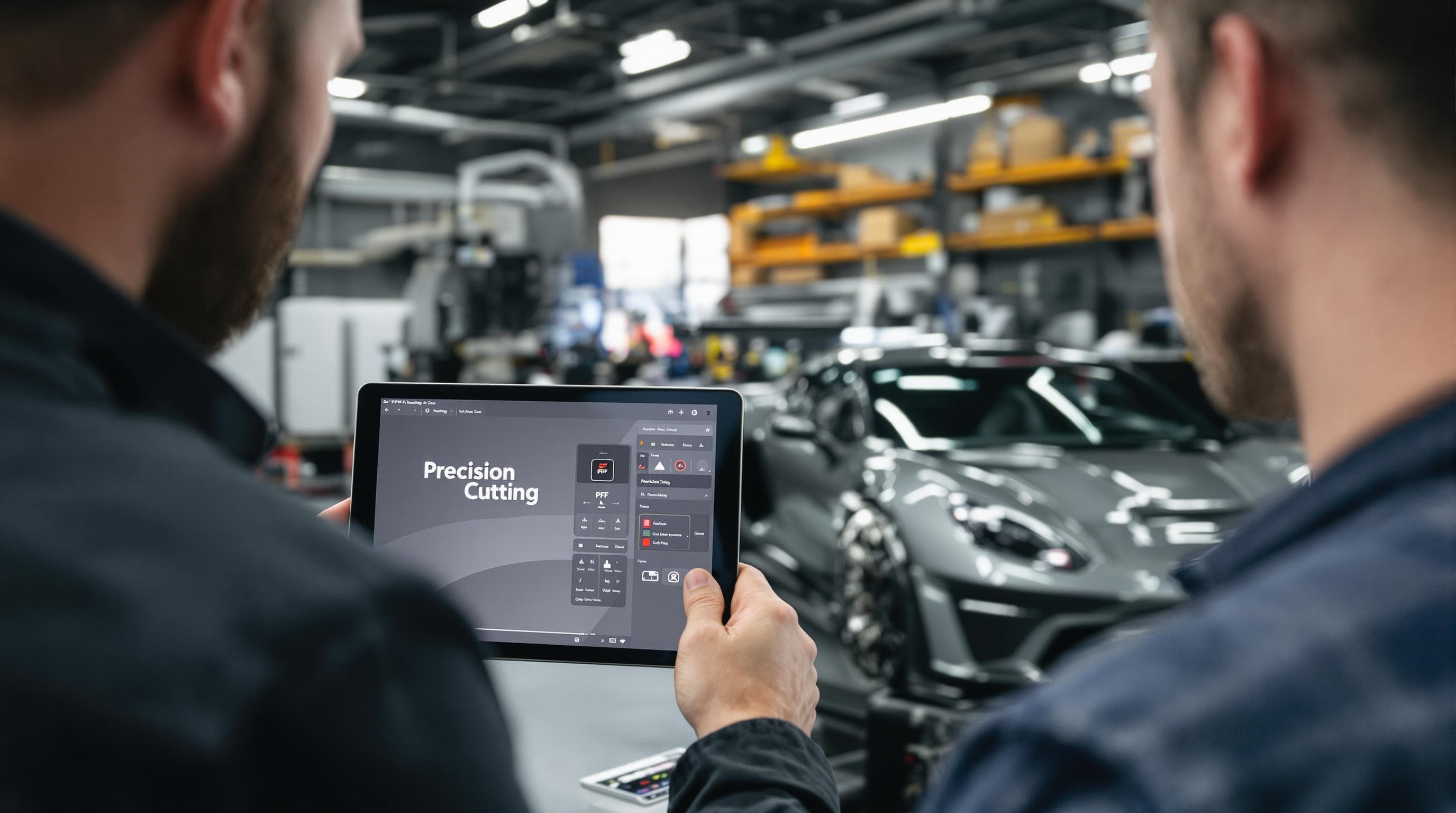
Workflow Streamlining and Productivity Enhancement
Modern PPF software transcends traditional cutting capabilities by integrating comprehensive workflow management tools. These digital platforms enable businesses to transform their operational processes, creating a more streamlined and data-driven environment.
Productivity enhancements manifest through:
- Instant Digital Templating: Reducing design and preparation time
- Real-Time Collaboration: Enabling team members to share and update designs simultaneously
- Performance Analytics: Tracking installation times, material usage, and productivity metrics
By providing detailed insights and reducing administrative overhead, PPF software empowers businesses to make informed decisions and continuously improve their operational efficiency.
Training and Skill Development Integration
Advanced PPF software now serves as more than just a technical tool. These platforms have evolved into comprehensive training and skill development ecosystems that support professional growth and knowledge transfer within automotive customisation businesses.
Training and skill development features include:
- Interactive Tutorial Systems: Guiding new installers through complex cutting techniques
- Performance Benchmarking: Allowing installers to compare their skills against industry standards
- Continuous Learning Modules: Providing updates on latest techniques and technologies
This approach transforms PPF software from a mere cutting tool into a holistic professional development platform. Businesses can now standardise training, reduce skill gaps, and maintain high-quality installation standards across their entire team.
The integration of sophisticated software solutions represents a fundamental shift in how automotive customisation businesses operate. By embracing these technological advancements, professionals can achieve unprecedented levels of precision, efficiency, and continuous improvement.
Choosing the Right PPF Software for Your Business
Selecting the ideal PPF software represents a critical strategic decision for automotive businesses in 2025. The right software can dramatically transform operational capabilities, while the wrong choice might become a costly technological burden.
Assessing Business-Specific Requirements
Professional cutting solutions demand a nuanced approach to software selection. Every automotive business has unique operational characteristics that require tailored technological solutions. Professional installers must conduct a comprehensive internal audit to understand their specific needs before making a software investment.
Key assessment criteria include:
- Business Scale: Matching software capabilities to workshop size and project volume
- Technical Complexity: Evaluating the sophistication of current installation processes
- Budget Constraints: Identifying cost-effective solutions without compromising functionality
Businesses should approach software selection as a strategic investment rather than a mere technological purchase. This means looking beyond immediate features and considering long-term scalability and adaptability.
Comparative Evaluation and Decision Frameworks
Making an informed software selection requires a structured evaluation framework. Professionals need to develop a systematic approach that goes beyond surface-level feature comparisons. This involves creating a weighted scoring system that prioritizes critical functionality aligned with specific business objectives.
Effective comparative evaluation strategies include:
- Feature Matrix Development: Creating a comprehensive checklist of required functionalities
- Trial Period Assessment: Conducting extended software trials to test real-world performance
- Total Cost of Ownership Analysis: Calculating long-term expenses including training, updates, and potential productivity gains
Successful software selection is not about finding the most advanced tool, but discovering the most appropriate solution for specific operational requirements.
Implementation and Integration Considerations
Beyond initial selection, successful PPF software adoption requires strategic implementation and seamless organizational integration. Businesses must develop comprehensive change management strategies that address technological, operational, and human factors.
Critical implementation considerations include:
- Staff Training Programs: Developing structured learning pathways for software adoption
- Phased Rollout Strategies: Implementing software incrementally to minimize operational disruption
- Continuous Performance Monitoring: Establishing metrics to evaluate software effectiveness
The most sophisticated software becomes ineffective without proper implementation and organisational commitment. Successful businesses view software adoption as a holistic transformation process, not just a technological upgrade.
Ultimately, choosing the right PPF software transcends technical specifications. It represents a strategic decision that impacts workflow efficiency, team productivity, and overall business competitiveness in an increasingly technology-driven automotive customisation landscape.
Frequently Asked Questions
What features should I look for in PPF software for 2025?
Look for comprehensive pattern management systems, integrated business management features, and advanced technical capabilities like AI-driven optimisation. An intuitive user interface and ongoing training resources are also essential.
How does PPF software improve efficiency in auto businesses?
PPF software enhances efficiency by providing precision cutting templates, reducing material waste, and streamlining the workflow. This allows installers to complete jobs faster and with greater accuracy.
What are the top PPF software options available in 2025?
Some of the top PPF software options in 2025 include those that offer strong integration capabilities, AI pattern recognition, and real-time collaboration features. Specific names can vary based on user reviews and market trends.
How can I assess the best PPF software for my specific business needs?
Conduct a comprehensive internal audit of your business’s requirements, create a feature matrix, and consider the total cost of ownership. Trial periods of potential software can also provide valuable insights into their practicality for your operations.
Take Control of Your PPF Software Needs With AEONCUT
Are you facing the frustration of slow pattern preparation and unnecessary material waste, even after reading about the best PPF software for 2025? If your current tools lack a comprehensive pattern library, real-time cloud updates or the precision that advanced AI can deliver, it is time to consider a smarter upgrade. Discover how industry innovators resolve these pain points through exact pre-cut templates, effortless integration, and efficient workflow management. See what sets leading-edge solutions apart in the PPF software category today.
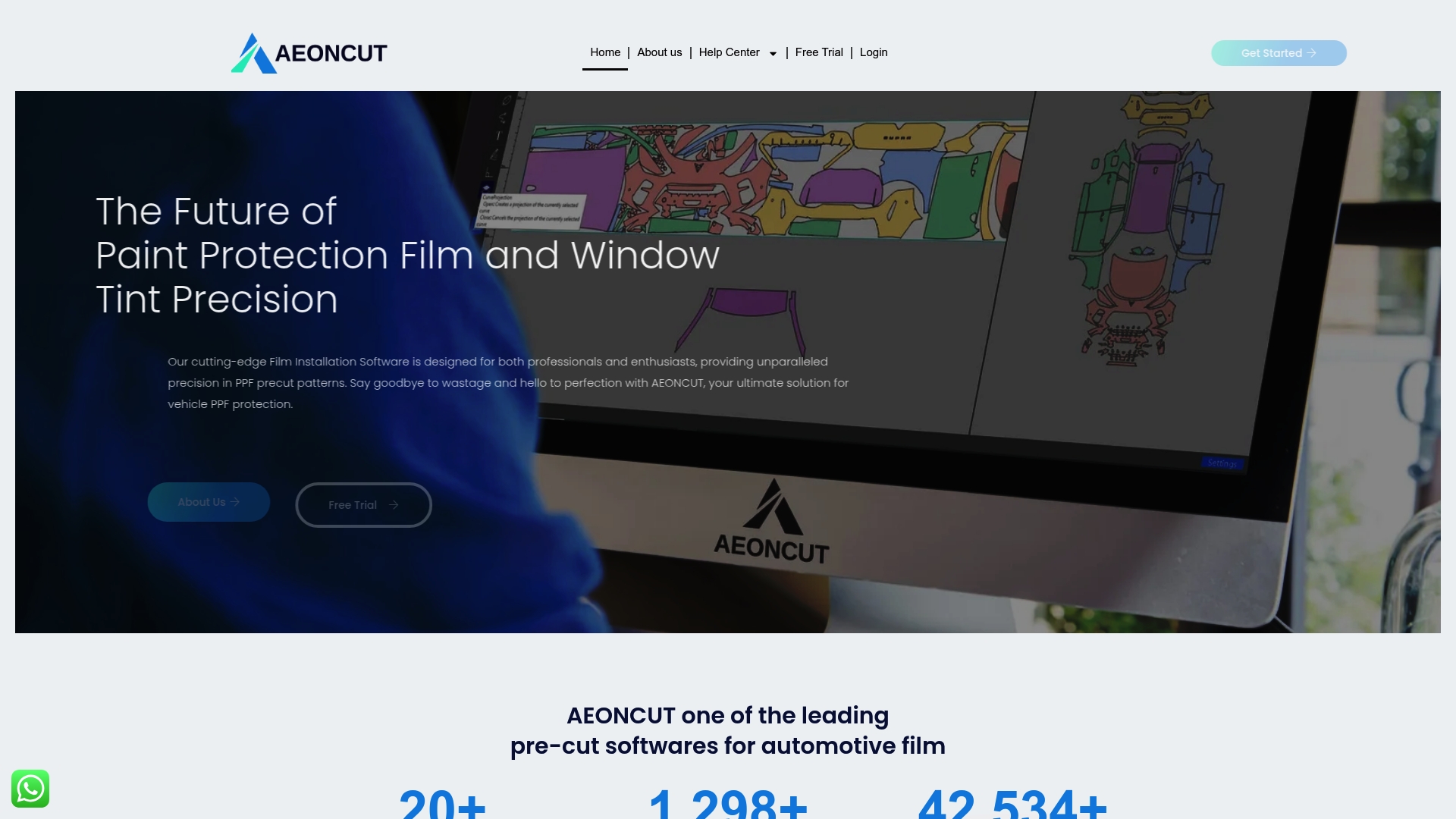
Imagine precision fitting, streamlined installations and pattern access for every job. Take the next step with AEONCUT and access a platform built for professionals who demand accuracy and efficiency in every vehicle protection project. Visit us now to explore our full PPF software suite and transform how you work this year.
Recommended
- PPF Cutting Software: Essential Guide for Installers 2025 – AEONCUT PPF Pre-cut Cutting software
- Top 5 PPF and Tint Cutting Software for Professionals 2025 – AEONCUT PPF Pre-cut Cutting software
- Top Paint Protection Film Benefits for Auto Professionals 2025 – AEONCUT PPF Pre-cut Cutting software
- Home – AEONCUT PPF Pre-cut Cutting software


